147 Comments
Hmmm interesting. I will try this when I get out of class. Maybe even be useful to have supported as an add on in my script I am working on.
Interesting.
-Phoenix750
Why don't you shut down the wifi then name your device the ssid of the wifi let them sign in and when it's done direct them to the true ssid and you get the username and password and might as well add your self on there list thing
great trick
but the problem is that the evil twin doesn't have the same BSSID as the original so you can see two APs with same eSSID and devices won't connect automatically...
so if the script could be edited for that it would be perfect
You have to make sure the rogue AP's signal is stronger than the legit one. So you have to be close, or use a powerful antenna. Once you deauth your target pc, it will try to reconnect and will pick the strongest signal (yours).
Excellent point, TripHat. Check out the tutorials on increasing TX power here on Null Byte. Our trusty Alfa AWUSH can be amped up to 4x the legal limit.
A side note about the WiFi scrambler I am going to build in my Electricity/Electronics for Hackers series: My scrambler will be able to send out signals that reach 8 Watt, which is roughly 10-30 times higher than the legal limit. I haven't tested my design actually, because I'm afraid of legal consequences.
-Phoenix750
Very interesting... if that will fit in my poor hardware knowledge, I'd be glad to test it. Also, to find out your real position, someone would have to triangulate the signal... that is not so easy if you're just running a test.
With a well placed antenna, this jammer is capable of putting a small town without wifi. With even more power and a higher spot, this jammer may be capable of scrambling any wireless communication in an entire city like Chicago. Yes, an entire city!
The reason I am careful when working with the electromagnetic spectrum is because of something that happened to my dad when he was in his 20's. My dad was and still is, just like me, a passionated hardware hacker. One of the earliest things he did was build a radio transmitter for his town. This transmitter had the power of 100-200 Watt, and was placed on a high hill. My dad was successful in broadcasting his radio programs to our town (he was a hobby DJ back then), but it did have it's consequences. First of all, he never got the permission to broadcast on that wattage and on that frequency (which was 100.2 MHz, in case anyone is wondering), But he also caused disturbances at the airport of Amsterdam with his radio transmitter. Yes, the airport of Amsterdam, and we live near Brussels!
The reason this happened is because some of his radio waves reached Amsterdam, but not at the frequency he broadcasted at. These waves were just simple pulses that occurred every minute or so. But by crazy coincidence, these waves were at the same frequency the Amsterdam airport was using for it's control towers, and thus it caused disturbances in the communications of the pilots and the airport.
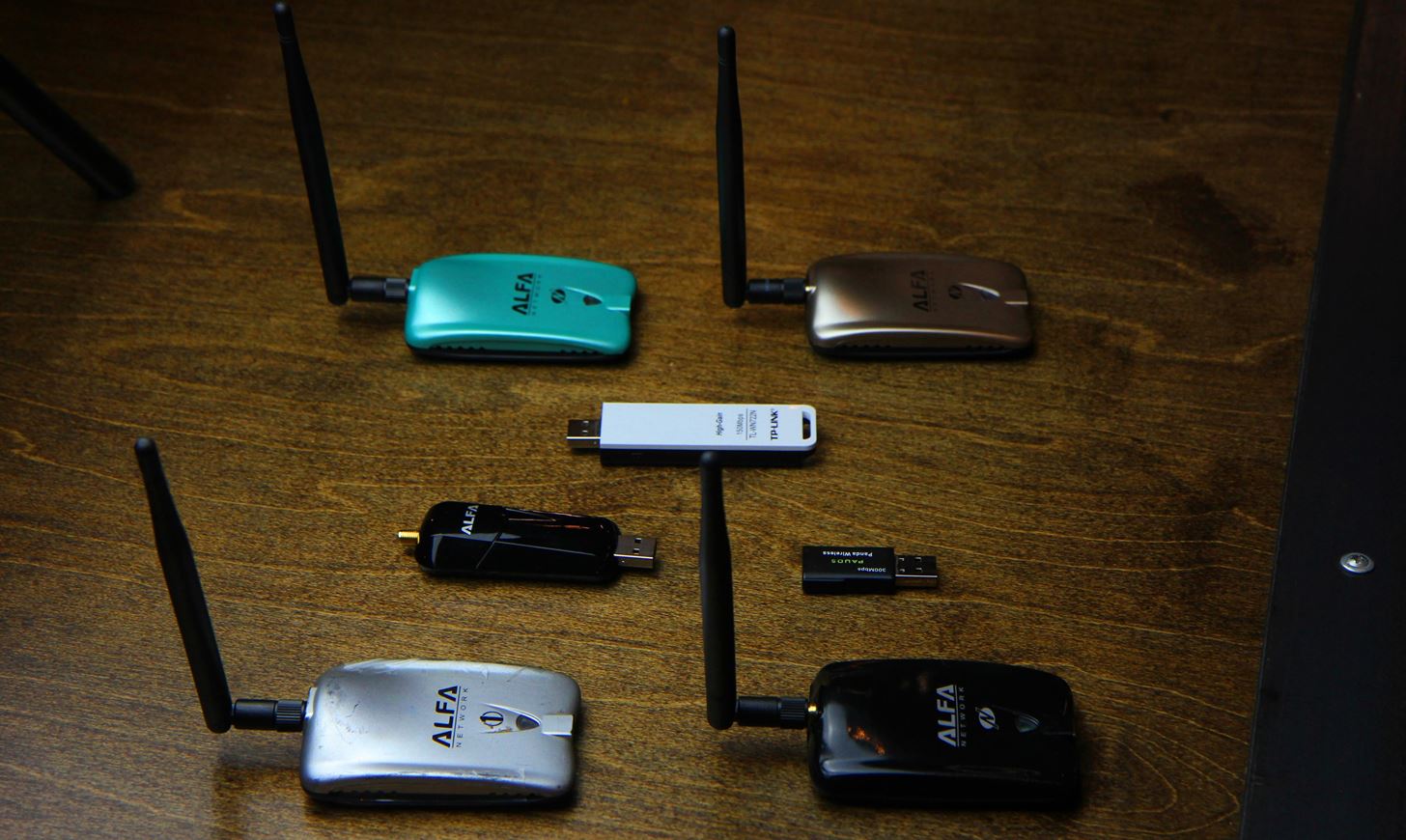













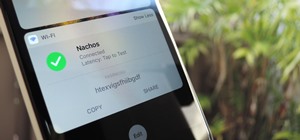
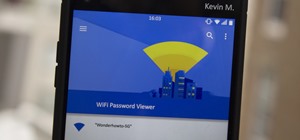






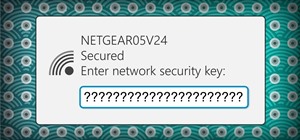

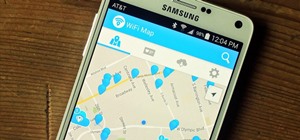

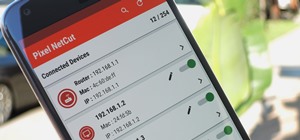


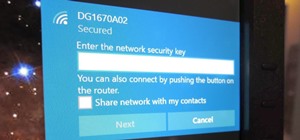
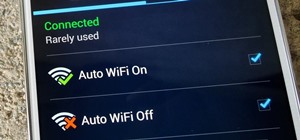
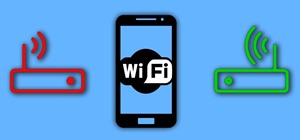

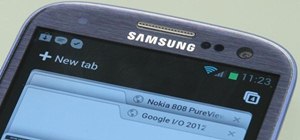


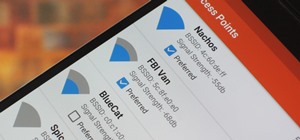
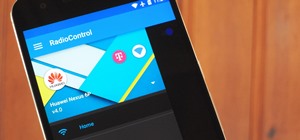

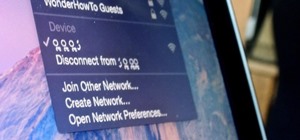
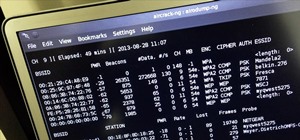


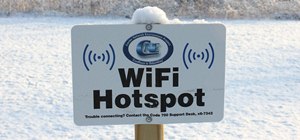




0 Comments
Post a Comment